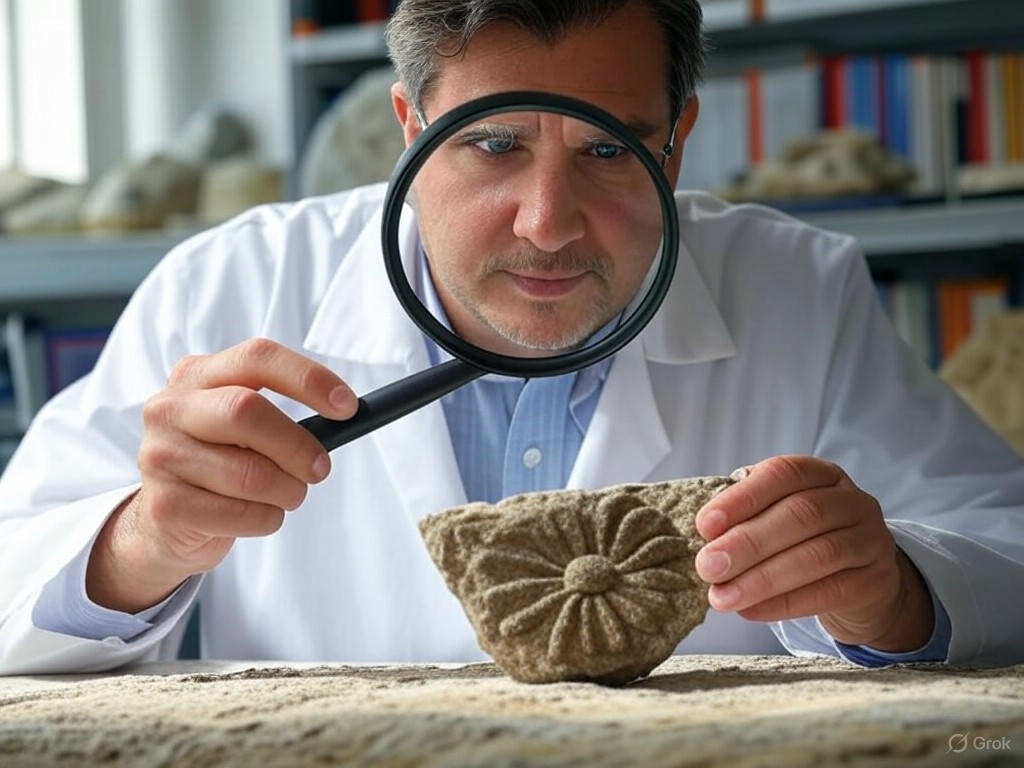Antarctica’s Buried Secrets: A Forgotten Landscape Emerges from the Ice
In a groundbreaking discovery, scientists have peeled back the icy veil of Antarctica to reveal a long-lost world hidden beneath its frozen surface. This ancient terrain, untouched for millions of years, offers a glimpse into the continent’s mysterious past, showcasing rugged peaks and valleys sculpted by time and nature’s relentless forces. Using cutting-edge imaging technology, researchers have mapped this subterranean realm, uncovering evidence of a dynamic geological history that challenges our understanding of Earth’s southernmost frontier.
The hidden landscape, buried under miles of ice, tells a story of dramatic transformation. Millions of years ago, before Antarctica became the frozen desert we know today, it was a land of towering mountains and vast river systems. The newly discovered peaks, some rivaling modern mountain ranges, suggest that tectonic shifts and erosion played a significant role in shaping the continent. By analyzing data collected through radar and seismic surveys, scientists have pieced together a picture of a world locked in time, preserved beneath layers of ice that began forming over 30 million years ago. This revelation not only highlights the power of natural processes but also underscores how much of our planet remains unexplored, even in the most inhospitable regions.
What makes this discovery particularly exciting is its potential to reshape our knowledge of Antarctica’s climate evolution. The buried landscape holds clues about how the continent transitioned from a temperate environment to an icy wasteland. Fossilized remnants and sediment layers trapped within the ice could reveal ancient ecosystems, offering insights into the flora and fauna that once thrived there. Moreover, understanding these geological shifts might help scientists predict how Antarctica’s ice sheets will respond to current climate change. As global temperatures rise, the stability of these ice layers becomes a critical concern, with implications for sea level rise and global weather patterns.
This remarkable find also speaks to the ingenuity of modern science. The technology used to uncover this hidden world—penetrating radar capable of peering through thick ice—demonstrates humanity’s ability to explore the inaccessible. Teams of international researchers collaborated over years to compile this data, braving Antarctica’s harsh conditions to unlock secrets buried for eons. Their work serves as a reminder of the importance of curiosity-driven exploration, even in the most remote corners of our planet.
As we stand on the brink of further discoveries, the unveiling of Antarctica’s lost landscape is a humbling testament to Earth’s enduring mysteries. Each new finding beneath the ice deepens our connection to the planet’s ancient past while raising urgent questions about its future. This hidden world, once thought unreachable, now beckons us to look closer, to understand the forces that shaped it, and to protect the fragile balance of the environment above. Antarctica, often seen as a barren wasteland, is proving to be a treasure trove of history, waiting to share its stories with those willing to listen.


